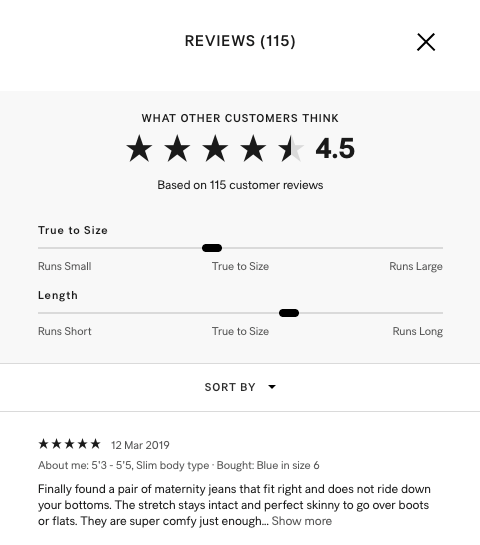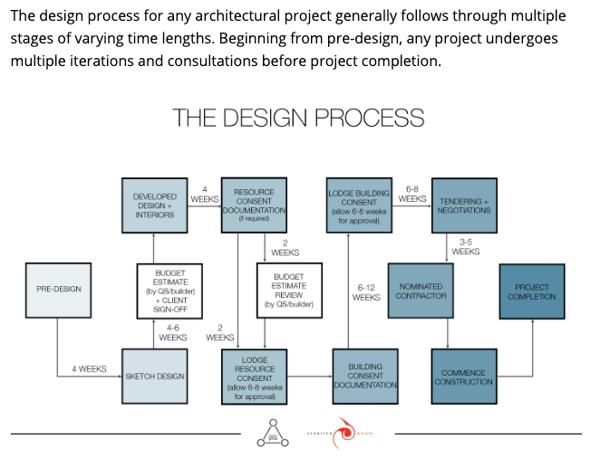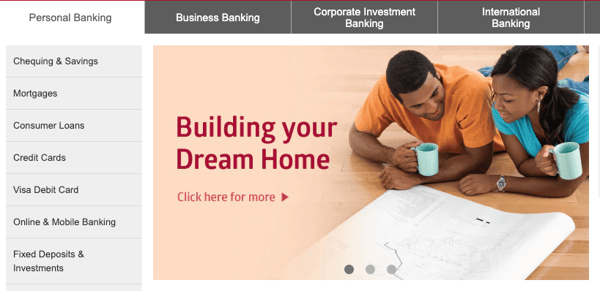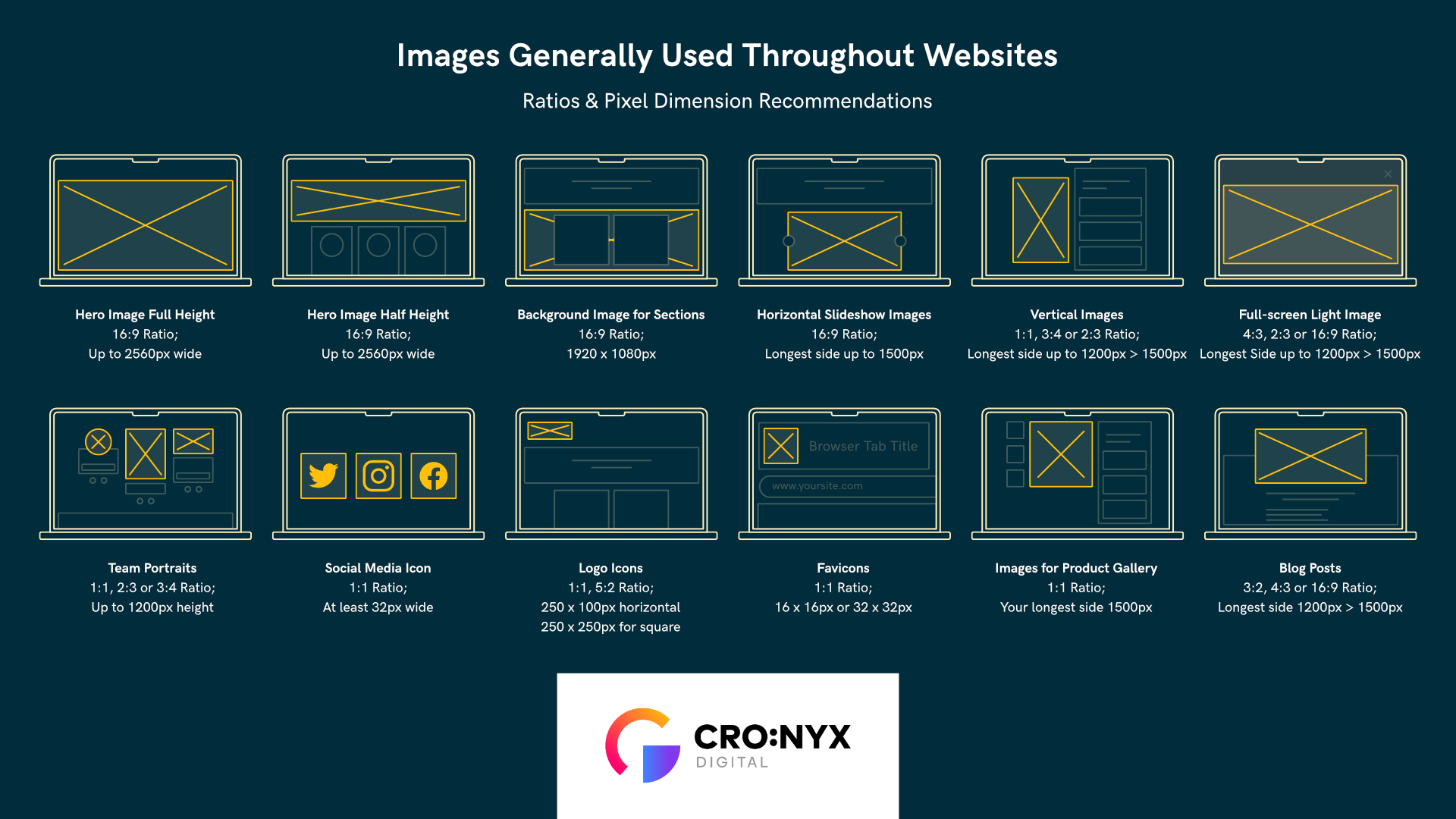
How to Build Trust with Your Website
Written by: Tanya Wigmore
Published: 23 August, 2019
When building a solid website design and messaging strategy, a key factor should always be trust.
People have great intuition when it comes to knowing who they should trust. Often, you know right away if you trust someone. You feel it in your gut. There's a bunch of different things that contribute to building (or losing trust) but it comes down to what they say, their behaviours, if you feel comfortable sharing your information with them and whether or not you think they'll act in your best interest. You can quantify trust using these factors and the Trust Equation developed by Maister, Green and Galford in their book, The Trusted Advisor.
The trust equation is: T = (C + R + I) / SO
T = Trust (the willingness or ability to rely on others)
C = Credibility (do they know what they're talking about?)
R = Reliability (will they follow through?)
I = Intimacy (are you confident that they will not violate your safety or security?)
SO = Self-Orientation (self-awareness and focus, i.e. whether their focus is primarily on themselves or others).
Each one of these is scored out of 10.
Here's an example:
I used to work with someone who knew a lot of things about a lot of things, let's call him Charles. He always has the most up-to-date intel on what was going on and when he committed to something, he'd do it. But, he was a bit of an office gossip and would share confidential information about other team members. He was quick to ask for help but very rarely offered it. Here's how I'd rate my trust in Charles:
Credibility = 8/10
Reliability = 7/10
Intimacy = 4/10
Self Orientation = 8/10
Trust = (8+7+4)/8 = 2.4
Now, let's compare that with my colleague Stacey. She's new to the field, less informed and asks a lot of questions during her day to day role, but anything that gets assigned to her is done to the best of her ability, on time and on budget. She takes time to ask me about my day and will stop on her own time to pick up a special treat on her own budget to recognize the successes of her team mates. Here's how I'd rate her:
Credibility = 4/10
Reliability = 8/10
Intimacy = 7/10
Self Orientation = 2/10
Trust = (4+8+7)/2 = 9.5
Even though Stacey hasn't learned a lot of things she needs to know to do her job yet, my trust in her is higher than in Charles because her self-orientation is low.
How Does the Trust Equation Apply to Website Design?
Building credibility, reliability, intimacy and assessing self-orientation are just as important in your website as they are in your face-to-face interactions.
Establishing Website Credibility
1. Tell the truth.
It seems surprisingly obvious, but telling the truth on your website is a critical factor to building trust with your audience. Be transparent about how many products you actually have in stock. Give accurate shipping estimates. If you're selling clothes, the "true to size" review tool is a great way to build trust in people that might be really hesitant about sizing (thank you, H&M).

2. Admit when you don't know or can't do something.
You can't be all things to all people, and that's OK. Admitting what you don't know - or even leveraging it to your advantage - can be a great way to build trust and make extra sales (who wouldn't want to have more vacation?).

3. Admit when you're wrong.
Typo on your site? Wrong hours? Mess up big time? NBD. Admit it, fix it, and if it's bad make sure you're offering amends. We all make mistakes and owning up to them when they happen is a good way to build a bit of trust with other human beings who also make mistakes.
While you don't need to blast your failings all over your website, it's probably going to come up on social media and on review sites.
Responding to reviews is a critical avenue in trust building (it's going to come up again and again in all categories!) and you need to respond to those times when you might have let down your customers.
Establishing Reliability via Your Website
1. If you say you'll do it, do it.
Cancelling orders or not replying to contact requests will create frustration and start to erode trust in you and your brand. Make it your promise that anything you're saying you'll do, you follow through on. If you're not, it's time to take those promises off your site.
2. If you're meant to do it, do it.
There are a few things that your website is meant to do: it should provide accurate information, the functionality should work, and it should be accessible. If a potential customer can't rely on your website to be working, accurate or operational, they're going to question if your brand is going to let them down, too.
Now, we're all a bit guilty of this at times, but if you have a website it is your responsibility to update it. People will judge you and your ability to do your job by the presentation of your website. Updating SSL certificates, fixing broken links, and swapping out some new images can spruce things up if you're not ready for a full design refresh.

The 1990s feel might be nostalgic, but it's not trust-building.
3. Explain your process.
People like to know what to expect. Any clarity you can provide on your process will help people be more confident in ordering from your site or selecting you as their service partner. For eCommerce sites, showing where you are in the checkout process can greatly improve transaction completion. For service focused websites, showing your timelines can help to set expectations early in the relationship so people understand the timeline before they sign off on a project. CreativeArch in NZ does a great job of setting these expectations in a visual way for their architectural projects.
 Building Brand Intimacy
Building Brand Intimacy
1. Extend trust to others.
If you want people to trust you, show that you trust them. But how do you do that on a website? Including contact information where people can actually reach you is a good start. Psychologically, you can also show people that you trust them by sharing something personal. You know those 'funny and candid' About Us pages that share a silly picture or quote? As ridiculous as they are, they build more intimacy and trust than your traditional head shot and bio - which are still better than no presence of actual humans on your site.
You can also leverage your social media platforms to build a connection on a more 1:1 format. Sharing personal updates, photos and moments helps to establish an intimate connection - as long as you're still being professional and courteous about it.
2. Be inclusive.
People like to be included and are more likely to trust those who ask them to participate. You can do this in your online presence by actively engaging with your social media audience. You can also use contests and user generated content on your site to increase engagement from your audience and show that your brand is inclusive and welcoming.
Building trust with inclusiveness can also incorporate adding 'trust signals' and social proof to your website. Logos for secure payment processing show that you care about the security of your shopper's information. Testimonials show that you have earned the trust of other people. Aligning your website and your brand with people and companies that your visitors can relate to can help them feel like they're a good fit for your inner circle.
Shifting your content away from talking about yourself ("we offer the best dining experience", "we have a great team", "we've won awards"), to talking to and about your visitor ("you'll savor the best dining experience", "you'll work with a great team", "our clients win awards") helps visitors feel as though you understand them and their goals. These banners from CIBC do a good job of this - you don't want a mortgage, you want to build your dream home. You don't want a credit card, you want to travel.


3. Watch your reactions.
Especially when you're on social media or reading a review, you must take a moment before reacting in a way that mocks, laughs at or dismisses someone else. When you react in a way that is hurtful to someone, you are damaging your trust with anyone who reads that comment.
Self-Orientation
Everyone else is just as important as you, even if you don't agree with them. Listening to others, respecting their opinions, and accepting their feedback will earn you top points in trust building. Here's how:
1. Give others a chance to talk.
In real life, this is all about asking people questions and listening to what they have to say. Using a chat feature, including your phone number, email address or using a form lets people reach out to you quickly to ask their questions in their own words.
2. Listen with intent.
When it comes to your website, you don't always have a chance to get feedback. So when you do get that feedback, either by email, social media or a contact form submission, make sure you take it seriously.
3. Take responsibility for your failures.
You don't want to document your failures front and center on your website, but you can incorporate them into your content. Weave those into your mission statement, talk about them in your About section, or highlight them on the blog. If you've had a public PR disaster, addressing the issue and what you've learned from it can go a long way.
You can bet that potential customers are reading your bad reviews and want to know that you're not going to burn them, too. Make sure you mean it and are making corrections for your missteps.
What Happens if You Break Someones Trust?
Building trust is important to get new clients, but maintaining it is just as important. When you break someone's trust, news of your shortcomings can be very easily spread online. An amazing, trust-building website is not enough to overcome poor online reputation. To keep a trust-building site and a strong online reputation, make sure you're keeping an open ear and an open mind to all the feedback you're receiving.
Work with Honesty & Integrity
If you're operating with honesty and integrity, the work you do will already be on the right path to building trust online.
When you're ready to build a new website that offers a great user experience and builds trust with visitors, contact us!

Written by: Tanya Wigmore
Tanya Wigmore is the founder of CRO:NYX Digital and is passionate about growing healthy teams and businesses. With an extensive background in inbound marketing, search marketing, web analytics, CRO & UX, she's always finding new ways to apply optimize and improve.
Solutions
Results
Resources
About
Contact
© CRONYX Digital SEZC







.png)
.png)
.png)
